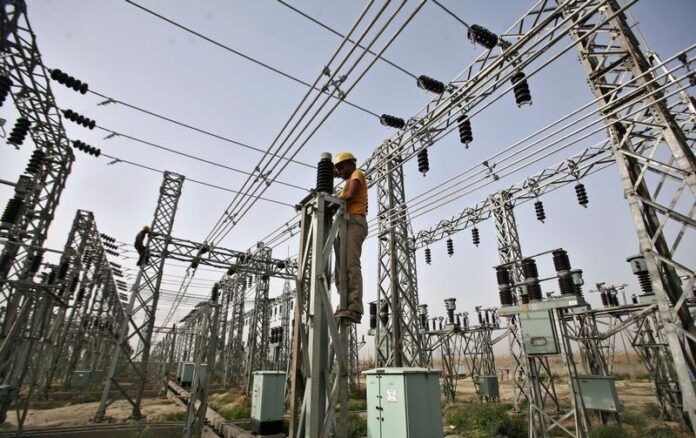The Power Division has begun addressing 23 critical issues identified in power generation, transmission, and distribution systems. The circular debt, which exceeds Rs 2.4 trillion, remains a major concern
As per media reports, the proposed reforms have been shared with the Prime Minister and the Special Investment Facilitation Council (SIFC).
The Power Division plans to present an overview of its strategy to the Senate Standing Committee on Power on August 6, 2024.
In the generation sector, the Power Division has pinpointed four primary areas: imported fuel substitution, optimal fuel and capacity utilisation, reduction of capacity payment burden, and privatization.
For transmission, key bottlenecks include enhancing North-South transmission capacity and improving governance.
The circular debt, which exceeds Rs 2.4 trillion, remains a major concern. Secretary Power Rashid Mahmood Langrial clarified that this debt is largely an unpaid liability, with only Rs 100 billion being recoverable.
The strategy also includes adding 2,400 megawatts of solar generation, converting imported coal power plants, and utilizing auxiliary power for mining as part of imported fuel substitution.
To optimize fuel and capacity usage, the government plans to implement WACOG, shift captive units to the national grid, enforce economic load shedding, and introduce a regional incentive package. Debt restructuring is also part of the reforms to reduce the capacity payment burden.
Privatization and market reforms include the introduction of wheeling, open competitive markets, and privatizing Generation Companies (Gencos) such as Nandipur and Guddu. Plans are also in place to eliminate transmission constraints and improve North-South transmission capacity through institutional restructuring.




